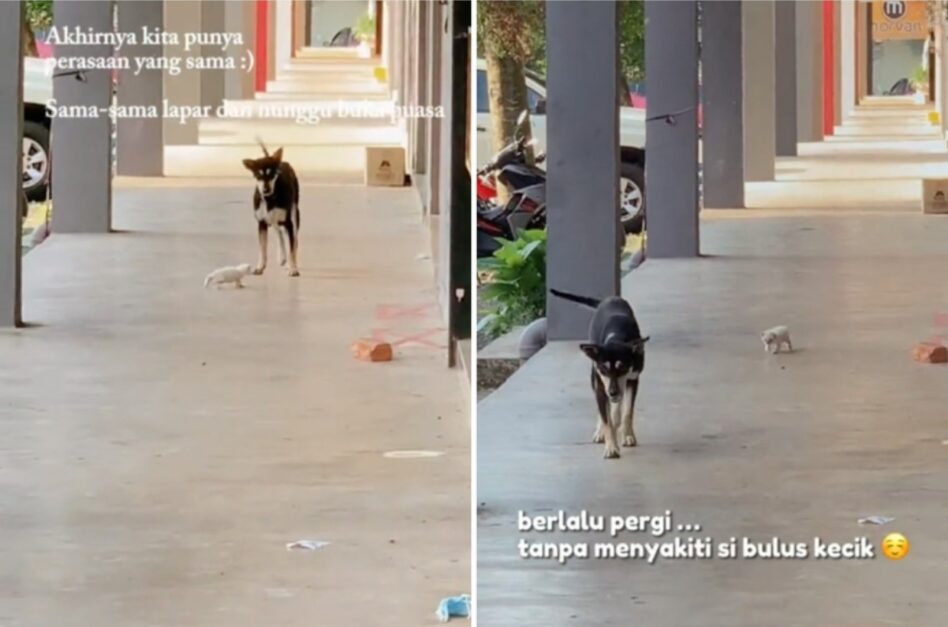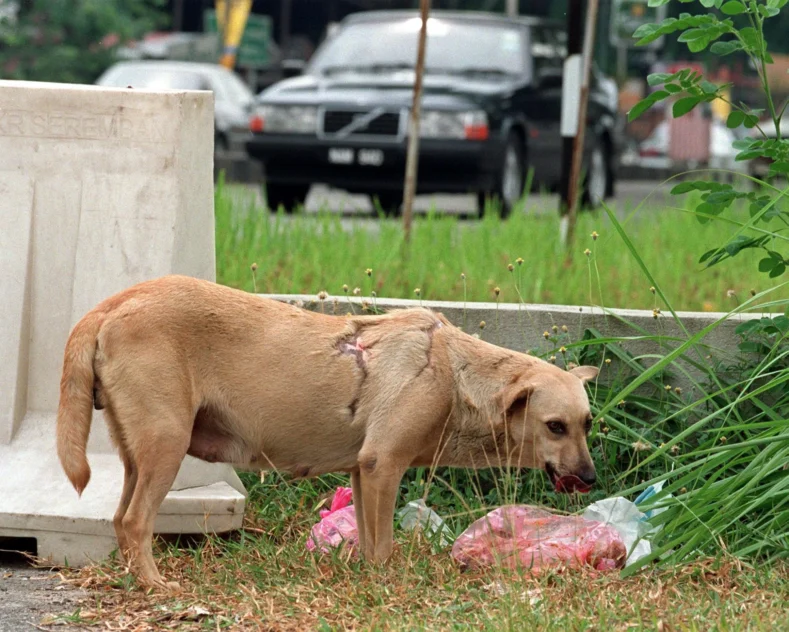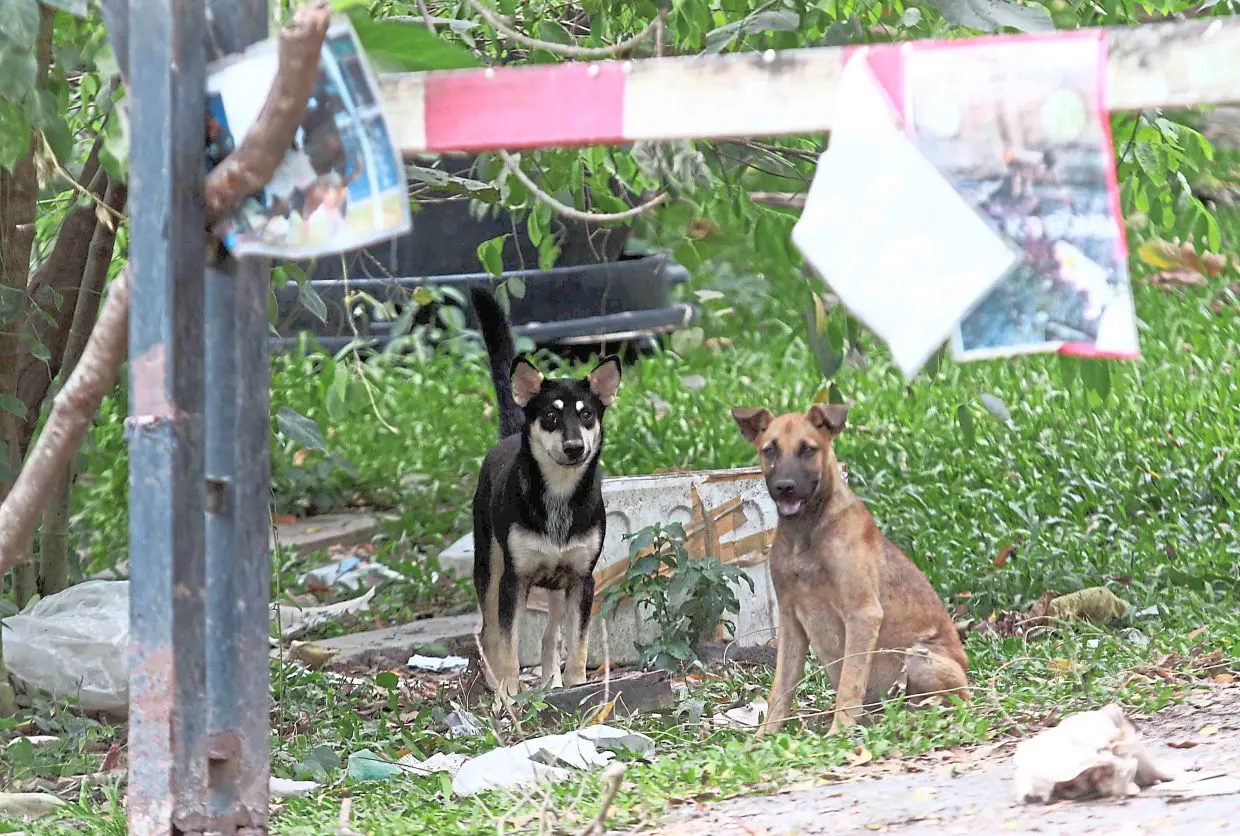SHAME on Besut District Council (MDB) president Mohd Sukeri Ibrahim for trying to justify the recent shooting of a stray dog named “Kopi” and saying that the handling of the stray dog adhered to standard operating procedure (SOP) established by the Housing and Local Government Ministry and complied with Section 30 of the Animal Welfare Act 2015.
These strays did not in any way pose a threat or harm to humans, so it should have been dealt in a civilised manner instead of cross-referencing the books to protect themselves from the heinous crime.
When dealing with strays, only those who do not have prejudices or biasness should be allowed to handle the issue as certain groups have taboos and religious prejudices against these animals.
To shift from reactive, inhumane practices to a comprehensive, compassionate approach to managing stray animals, particularly stray dogs, a multi-faceted strategy can be developed, integrating humane treatment, community involvement, and sustainable management practices.
Here are some approaches, methods and procedures to deal with God’s voiceless creations.

Promote spaying and neutering
One of the most effective ways to reduce stray populations is by controlling reproduction. Governments and animal welfare groups can offer low-cost or free sterilisation services.
Education on responsibility of pet ownership and to inform the public about the importance of neutering pets to prevent unwanted litters is also crucial.
TNR (trap-neuter-return) programmes
TNR programmes involve trapping dogs, sterilising them, and returning them to their original habitat. This stabilises and gradually reduces populations.
The strays must be monitored and provided care and post-TNR, communities and volunteers can monitor the dogs, ensuring they are fed and vaccinated, reducing both aggression and disease transmission.
Public education and awareness programmes must be initiated with community involvement, where local communities must be encouraged to participate in the humane treatment of strays, and this can be through volunteer programmes, donations, or fostering.
Public campaigns can also be considered to educate the public on animal behaviour, reducing fear and fostering empathy toward stray dogs.
Promoting adoption of stray animals rather than buying pets from breeders must be enforced, as should partnering with shelters for adoption drives and public outreach.
Set up shelters, rehab centres
Well-funded shelters and rehabilitation centres by government and non-governmental organisations can be set up to improve shelters that not only house strays but also provide rehabilitation for aggressive or traumatised animals.
There should also be fostering care programmes in collaboration with the public to temporarily care for stray dogs and help them adjust to domestic life before adoption.
Strict anti-cruelty laws
Stricter animal cruelty laws must be enforced with fines and penalties for abuse or neglect. There must also be laws to regulate breeding to curb irresponsible breeding practices that could contribute to the stray population.
Owners must be encouraged to microchip and register their pets to allow lost pets to be returned to their owners and to ensure accountability for abandoned pets.
Partnership with NGOs, welfare organisations
There must be collaboration with local and international NGOs to provide resources, training and infrastructure for managing strays humanely.
Mobile vet clinics must be deployed providing sterilisation, vaccination and treatment to stray animals, particularly in underserved areas.

Ethical feeding stations
Ethical feeding stations must be set up to manage feeding stations where stray dogs can be regularly fed, therefore ensuring they do not scavenge from dangerous or unsanitary sources. These should be placed in areas where the dogs will not disturb human activities.
Through education, Malaysians should be encouraged to feed responsibly without causing public nuisance while simultaneously encouraging sterilisation efforts for the dogs being fed.
Behavioral training and rehabilitation programmes must also be put in place for aggressive dogs. Professional trainers or behaviourists can help rehabilitate stray dogs with behavioural issues to reduce aggression and improve adoptability.
By addressing the issue of stray animals holistically and integrating humane treatment whuile promoting proactive sterilisation and public involvement, the stray dog population can be managed in a compassionate and effective way.
We humans must initiate the programmes, processes and procedures, failing which, we are not better off than the voiceless animals. – Oct 17, 2024
KT Maran,
Seremban, Negri Sembilan
The views expressed are solely of the author and do not necessarily reflect those of Focus Malaysia.
Main image: South China Morning Post









